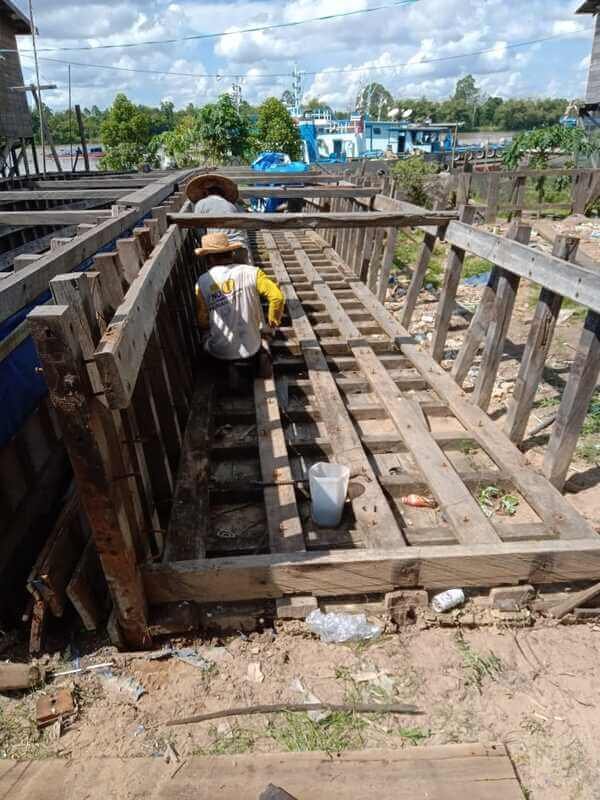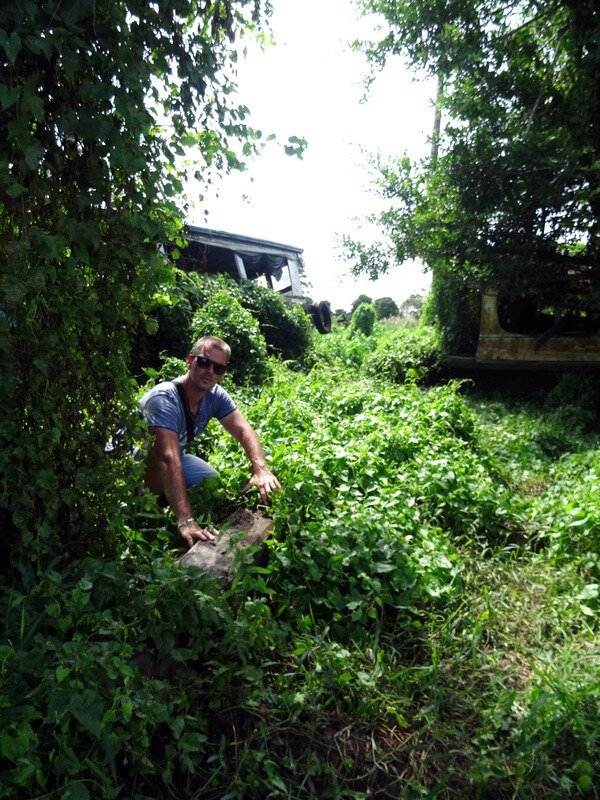What exactly is reclaimed wood?
A general word used to describe wood that has already been harvested and used for construction or other projects is "reclaimed wood."It may also be known as reclaimed wood or repurposed wood.This can include post-industrial, post-consumer, and water-recovered materials. We can practice sustainable building by employing lumber that would otherwise end up in the garbage while still producing high-quality wood for structural and other uses.
Each piece of wood from an abandoned building that was being demolished is certain to be from one since we know exactly where it was harvested.
Why go with recycled wood?
The pressure on Indonesia's rain forests is unparalleled. Given that up to 90% of Indonesia's hardwood logging is destructive and often illegal, it is very likely that any new timber purchased here has been harvested irresponsibly and has contributed to the destruction of forests (both new and old growth as well as copses).
Due to its rapid deforestation, Indonesia ranks third among carbon emitters globally.You may actively help reduce deforestation and carbon emissions in Indonesia by selecting salvaged hardwood versus newly sawn wood.
Due to limited supplies, younger, smaller trees of lower quality are increasingly depended upon to supply the domestic wood market, making aged reclaimed timbers frequently of higher quality to many commercially available timbers. Reclaimed wood has warmth and character and can be polished in a rustic or clean, even cut.
Terms used to describe recovered wood include:
Post-Consumer Reclaimed
Wood that has been salvaged mostly from old houses, bridges, and other structures.
Post-Industrial Reclaimed
Reclaimed wood is made from waste materials left over from wood processing and furniture production, like small or thin scraps.
Underwater Reclaimed
Wood was taken from flooded underwater forests that were submerged decades ago to build reservoirs for electricity generation and water storage.



